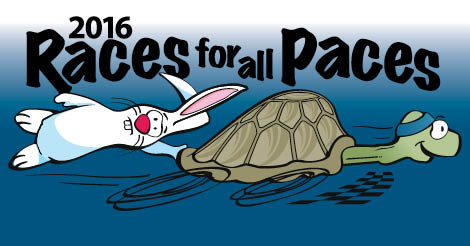Running is a great way to get in shape, but it can also lead to injuries. Knowing about common injuries and how to prevent them can keep you on track toward achieving your fitness goals.
Running right
Experts recommend the following strategies to prevent injuries:
- Identify your running goals. You may choose to start running to improve your physique, lose weight, increase cardiovascular fitness, or socialize with friends. Whatever the reason, it’s a good idea to identify this goal when creating your exercise program. If you want to improve cardiovascular fitness, for instance, you should run at a quick pace to maximize your heart rate. If you’re running to lose weight or reduce body fat, it’s better to run at a slower rate for a longer time. Depending on your goal, your doctor or personal trainer may decide that a modest walking or jogging program is appropriate. Setting goals helps you follow a safe pace and keeps you from overexertion, which can result in injury.
- Have a physical evaluation. Certain health problems may hamper your running performance and increase your risk for injury. Specifically, osteoporosis, arthritis, and other degenerative joint diseases can increase your injury risk. If you have any significant health issues, you should discuss these with your doctor before you start to run.
- Warm up before your run and stretch after you run. Doing so can prevent some of the most common injuries. It’s most important to stretch muscles that move joints. These include the calf muscle, which moves the knee and ankle, and the hamstring, which moves the knee and hip. Walk or gently jog for 5 minutes. Cool down at the same pace for another 5 minutes at the end of your run.
- Wear the correct shoes. Buying shoes at an athletic store, where a salesclerk can help you choose a shoe that fits your foot type, can help prevent injuries.
Common injuries
The following injuries are common among runners:
- Achilles tendinitis. This injury is marked by dull or sharp pain along the back of the Achilles tendon, calf tightness, and early morning stiffness. Stretching can help prevent this injury. To treat it, rest, and stretch until the pain is gone.
- Plantar fasciitis. This injury is an inflammation of the plantar fascia, a thick, fibrous band of tissue in the bottom of the foot. Proper stretching can help prevent such an injury. Anti-inflammatory medication, stretching, and ice compresses help relieve pain.
- Shin splints. This injury is caused by overuse or poor conditioning and worsened by running on hard surfaces. This injury causes pain on the inside of the shinbone. Shin splints are treated by complete rest and stretching until the pain is gone. You can relieve symptoms by stretching and using ice and anti-inflammatories. Once your symptoms have eased, you should make changes in the distance you run and your speed.
Join us at Races for all Paces Saturday, May 14 at Eastern Illinois University.
We will begin and end the races on the grassy area near the O’Brian Stadium. The courses are exciting and include the Panther Trail, campus locations, local neighborhoods and the half-marathon goes into the country with hills and other exciting challenges along the route.
We have an event for everyone and every skill level. We begin with the Half Marathon at 7 a.m., the 10K Relay Challenge at 7:40 a.m., the 10K Individual at 7:50 a.m., the 5K Times Run/Walk steps off at 8 a.m., followed by the 1 Mile Run Run/Walk at 9 a.m. The little ones can get in the fun by participating in the Toddler Trot or the Diaper Dash at 10:15 a.m.
There are inflatables, music, and lots of other fun activities at the start/finish line.
For more information, or to register, click here.


